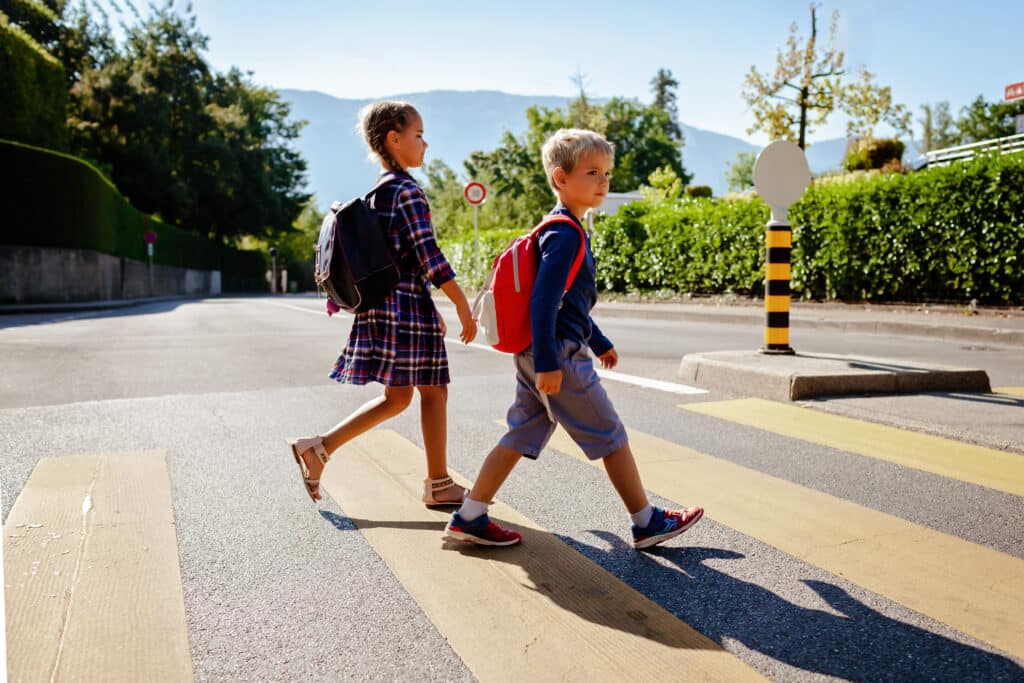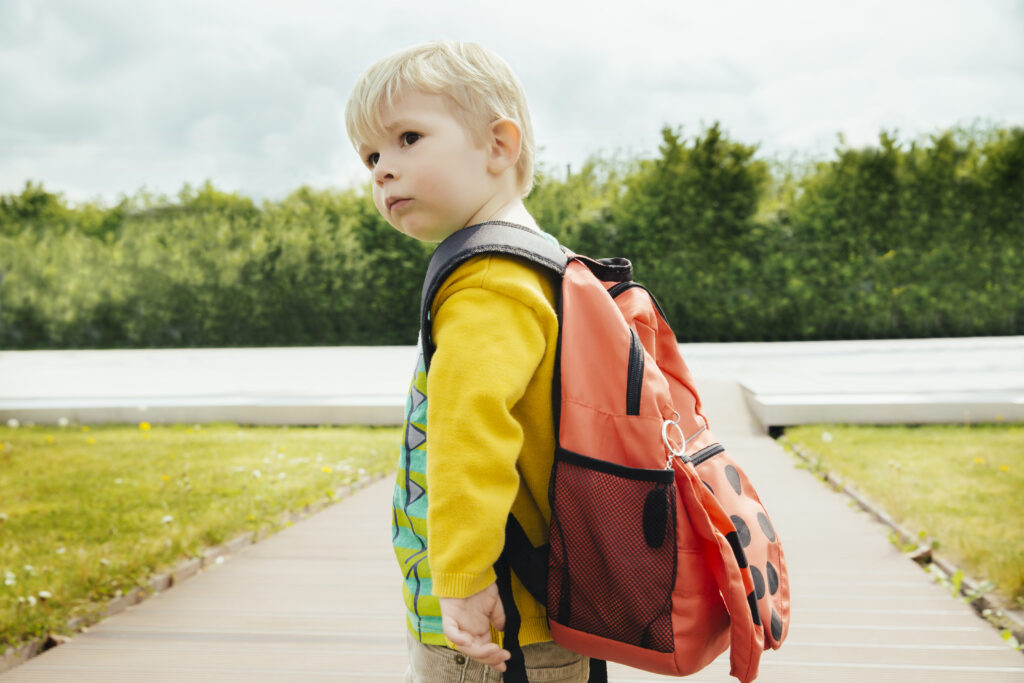Scoliosis is a condition characterized by an abnormal curvature of the spine, and for children dealing with this condition, everyday activities can pose unique challenges. One aspect that requires careful consideration is how should children with scoliosis carry their backpacks. This falls under the umbrella of activities of daily living (ADL), which encompasses various daily tasks. Dr. Andrew Strauss will explore the significance of ADL for children with scoliosis and provide guidance on the proper way for them to wear backpacks or purses.
Understanding Activities of Daily Living (ADL)
Activities of daily living refer to the routine tasks that individuals perform in their everyday lives, such as carrying bags, sitting, reclining, sleeping, exercising, and choosing appropriate footwear. For children with scoliosis, these activities take on added importance as they can influence the progression of the condition and contribute to their overall well-being.
The Impact of Weight on the Body
It’s essential to recognize that the body responds to the weight placed on it. For instance, consider how a woman carrying a purse on one shoulder adjusts her posture. If the purse is on her right shoulder, she unconsciously elevates that shoulder to prevent the bag from slipping off. This natural response prevents the body from leaning to one side excessively. Understanding these responses is crucial for guiding children with scoliosis in managing their daily activities.
Carrying Backpacks: A Balancing Act
Carrying a backpack is a routine task for school-going children, but for those with scoliosis, it becomes a balancing act that can impact spinal alignment. Here are some guidelines to ensure that carrying a backpack doesn’t exacerbate the condition:
1. Proper Weight Distribution:
Ensure that the weight inside the backpack is evenly distributed. This helps prevent the spine from curving further due to uneven pressure.
2. Use of Both Straps:
Encourage your child to use both shoulder straps when wearing a backpack. This distributes the weight more evenly across the shoulders and minimizes the strain on one side of the spine.
3. Adjustable Straps:
Choose a backpack with adjustable straps to customize the fit according to your child’s unique body shape. This ensures optimal comfort and support.
4. Hip Straps:
If possible, opt for a backpack with hip straps. These straps help transfer some of the weight to the hips, reducing the strain on the spine.
5. Lightening the Load:
Regularly check the contents of the backpack and remove unnecessary items. Lightening the load can significantly ease the burden on the spine.

How Should Children with Scoliosis Carry their Backpacks?
Beyond Backpacks: Other ADL Considerations
While addressing how children with scoliosis carry their backpacks is crucial, it’s just one piece of the puzzle. Consider these broader ADL considerations for a holistic approach to managing scoliosis:
1. Sitting Posture:
Guide your child on maintaining a proper sitting posture. This includes sitting with their back straight and both feet flat on the floor.
2. Reclining:
When reclining, use supportive cushions to maintain a neutral spine position. Avoid slouching or sitting in positions that may strain the spine.
3. Sleep Position:
Ensure your child sleeps on a mattress that provides adequate support. Experiment with different sleeping positions to find the one that is most comfortable and supportive for their spine.
4. Exercise Routine:
Collaborate with healthcare professionals to design an exercise routine that strengthens the core muscles and promotes spinal stability. Exercises like swimming and yoga can be particularly beneficial.
5. Footwear Selection:
Pay attention to the type of shoes your child wears. Choose footwear that provides proper arch support and promotes even weight distribution.
Conclusion
In navigating the challenges of scoliosis, understanding and implementing proper activities of daily living are crucial for a child’s well-being. While the focus here has been on how children with scoliosis should carry their backpacks, it’s important to consider a holistic approach that encompasses various aspects of daily life. By promoting healthy habits and providing guidance on routine activities, we empower children with scoliosis to manage their condition proactively and enhance their overall quality of life.
Also read: Is Scoliosis Treatment Painful?
About:
Dr. Strauss is the director of the Hudson Valley Scoliosis Correction Center in New York. He has been actively engaged in scoliosis treatment for the past 30 years and has authored two books on the subject, Your Child Has Scoliosis and The Truth About Adult Scoliosis.
He is Vice President of the CLEAR Scoliosis Institute and a lecturer for their introductory and advanced workshops. He is certified in scoliosis bracing and in the use of scoliosis specific exercises. Dr. Strauss is a graduate of the ISICO World Masters of Scoliosis.His postgraduate studies also include a Masters Degree in Acupuncture as well as training in Grostic, Pettibon, CBP, Clinical Nutrition, Chinese Herbal Medicine, Manipulation under Anesthesia, and Electrodiagnosis.
His scoliosis practice has treated patients from 25 states and 32 other foreign countries.If you have questions about childhood and adult scoliosis and how it can be successfully treated without surgery subscribe to our channel!
